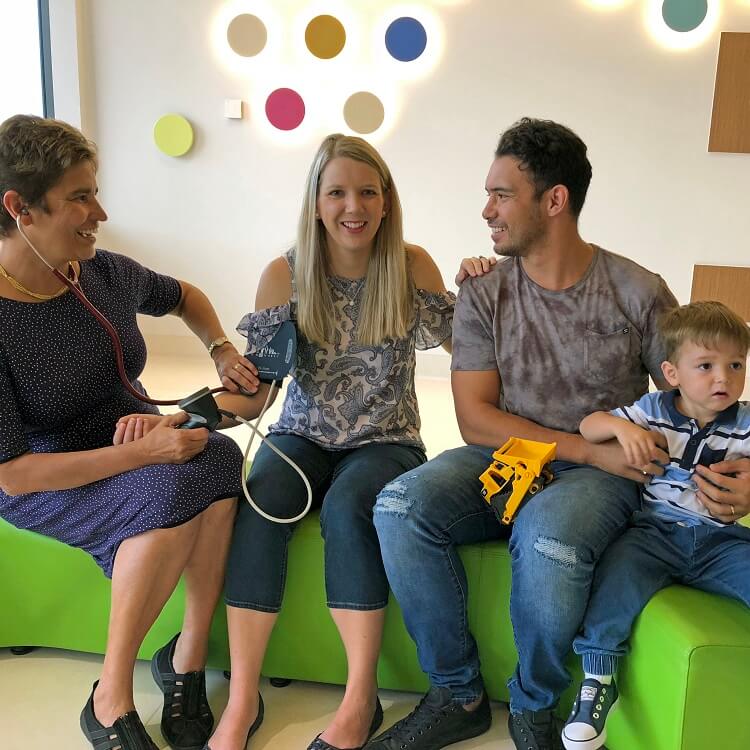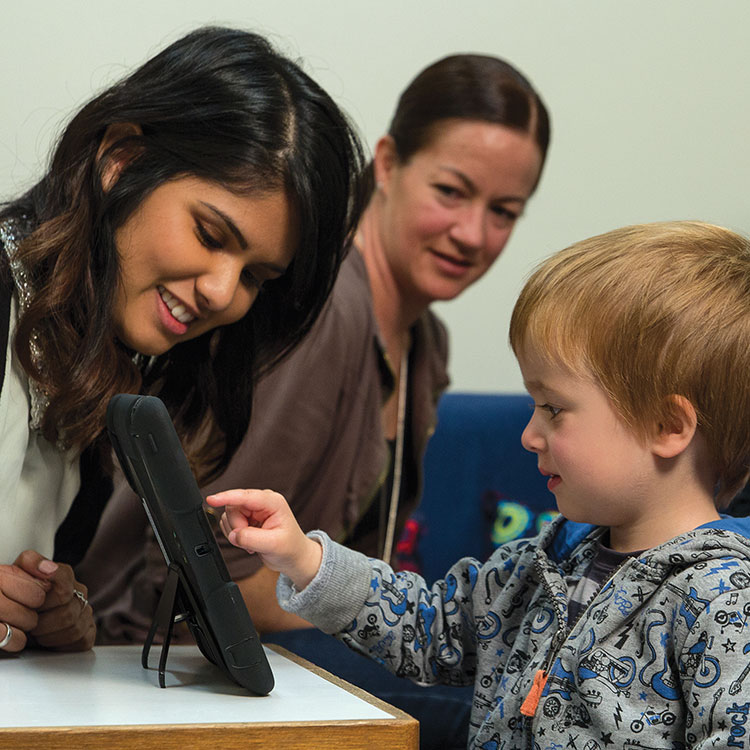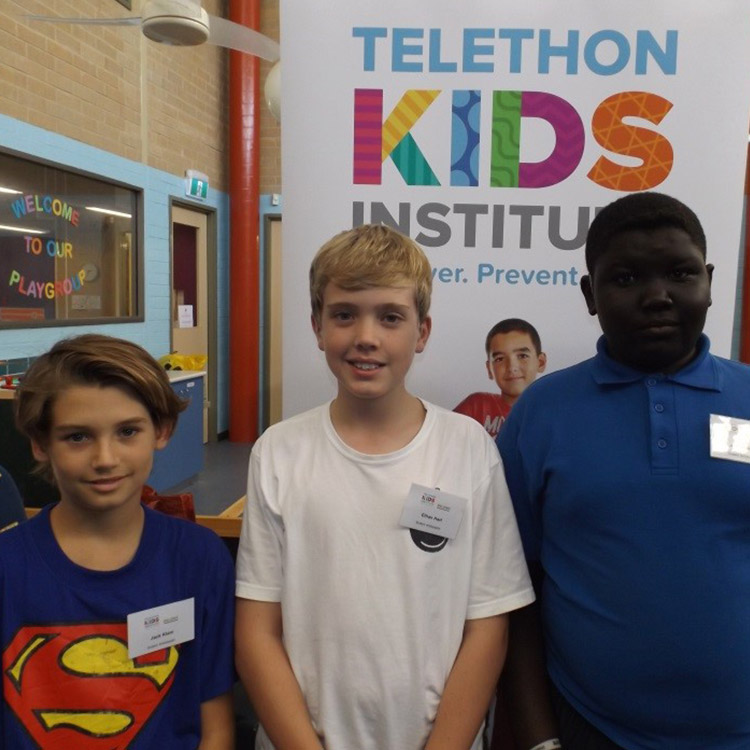Search
Research
Does Child Care in the First Year of Life Pose a Risk for Concurrent and Future Ear Infections?The longitudinal analyses found no evidence of increased (or decreased) long-term risk of ear infections in subsequent waves associated with attending a child care centre
Research
Measuring early childhood development in multiple contexts: the internal factor structure and reliability of the early Human Capability Index in seven countriesFindings support the aims of the early Human Capability Index in being adaptable and applicable for use within a range of low and middle income countries
Research
Global, regional, and national progress towards Sustainable Development Goal 3.2 for neonatal and child health: all-cause and cause-specific mortality findings from the Global Burden of Disease Study 2019Sustainable Development Goal 3.2 has targeted elimination of preventable child mortality, reduction of neonatal death to less than 12 per 1000 livebirths, and reduction of death of children younger than 5 years to less than 25 per 1000 livebirths, for each country by 2030.
Research
Status epilepticus following vaccination in children aged ≤24 months: A five-year retrospective observational studyStatus epilepticus is associated with significant morbidity and mortality. While vaccine-proximate status epilepticus (VP-SE) has rarely been associated with cases of Dravet syndrome, it is not known whether VP-SE differs clinically from non-vaccine proximate status epilepticus (NVP-SE).
Research
Cohort Profile: The ORIGINS pregnancy and birth cohortDesiree Dr Jackie Susan Lisa Zenobia Silva Davis Prescott Gibson Talati MBBS, FRACP, MPH, PhD BSc (Hons), PGradDipHlthProm, PhD MBBS BMedSci PhD

News & Events
ORIGINS reaches key milestoneORIGINS, a collaboration between The Kids and the Joondalup Health Campus, has achieved a major milestone – recruiting its 1000th family.

News & Events
New CoLab funding supports innovative therapeutic playgroup trialIt’s hoped a new therapeutic playgroup being trialled in Perth will help parents and caregivers cut through the stress and become more confident.

News & Events
Register for the 2017 Annual Community Lecture: David Bloom on Child Health and the Wealth of Nations (Nov 1)Register now to attend this compelling talk at the Heath Ledger Theatre in Perth on the evening of Wednesday, November 1 2017.

News & Events
Children with autism may benefit from app-based therapiesA The Kids Research Institute Australia study has shown that in addition to intervention with trained therapists, children with autism may benefit from app-based therapies.

News & Events
Project helps Ethan belongEthan recently took part in Belong, a study led by The Kids which aims to ensure deaf and hard of hearing kids have a happy & positive school experience
